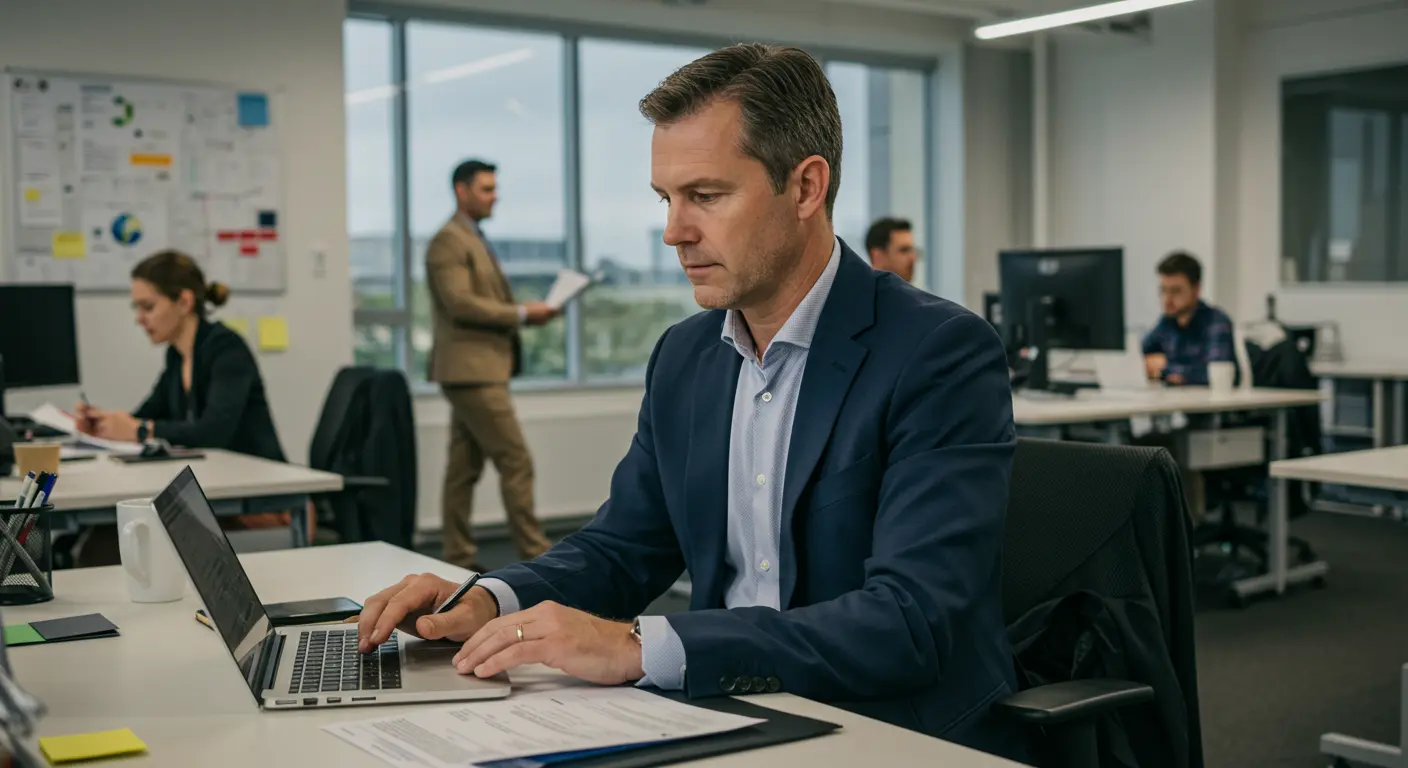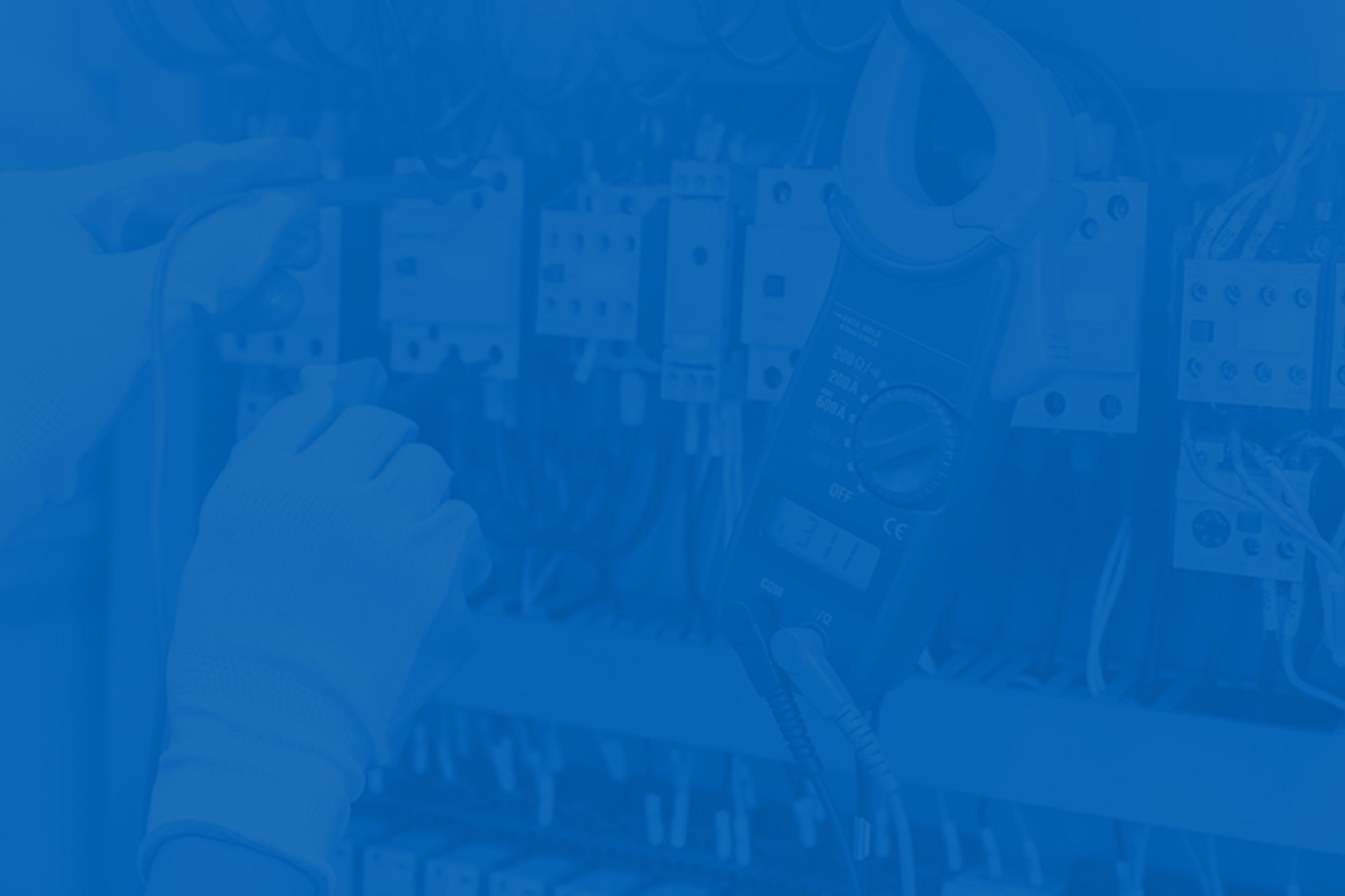
02 May Electrical Safety Tips for the Workplace

Whether it’s powering your office lights or running heavy machinery, electricity is what keeps most workplaces going. However, it can also be one of the biggest safety risks if not handled correctly.
Every business operation functions via electrical power, which operates out of sight to maintain efficiency in operations.
Businesses have a big responsibility when it comes to electrical safety.
When people don’t follow the right procedures, electricity can cause serious injuries, property damage, or even death.
Understanding and following electrical safety rules is crucial for everyone at work.
Why Electrical Safety at Work Matters
According to Safe Work Australia, dozens of workers are hospitalised each year due to electrical accidents, most of which could have been prevented with basic safety protocols in place. Workers face shock injuries, burns, and arc flash incidents, which occasionally end in dreadful deaths.
In addition to training and safety-mindedness, organisations can prevent the majority of such occurrences. All workers must understand electrical dangers as well as protective measures because all work environments present these risks.
The following section addresses straightforward steps that aim to protect staff members throughout your workplace environment.
1. Always Inspect Equipment Before Use
Examine all equipment and devices before connecting them to power via a quick visual inspection. Before using the equipment, check for signs of worn wires and exposed electrical wires, along with damaged cables.
Using broken equipment can shock someone or cause a fire. Don’t take the risk. Identify equipment issues that look wrong, so you should communicate these problems to the authorities while waiting for repairs or replacement.
2. Never Overload Power Outlets
It’s tempting to plug everything into one outlet, especially when it’s busy. However, overloaded outlets are one of the top causes of electrical fires.
Pay attention to power outlets by using distribution-friendly power strips that come equipped with circuit breakers to avoid electrical overload.
Your workplace needs an additional power outlet installation, so you should speak with the facility manager to address this problem.
3. Keep Electrical Panels Clear
All electrical panels and circuit breaker boxes must remain accessible for immediate use at any time.
Keeping electrical panels blocked by furniture or storage items will hinder emergency shut-offs in essential situations. All electrical panels require a free space of three feet in front of them.
4. Don’t Use Wet Hands or Work Near Water
Water and electricity never mix.
Always dry your hands before using any electrical equipment, and keep your workspace dry.
If you’re working in areas like kitchens or labs, make sure you’ve got Ground Fault Circuit Interrupters (GFCIs) installed; they help prevent shocks.
5. Use the Right Equipment for the Job
Multiplug adapters and extension cords serve as convenient short-term solutions rather than permanent power distribution equipment.
All electrical tools must receive approval for their designated applications. Extremely powerful machines require permanent proper wiring instead of any form of makeshift electrical connections.
Wear electrical equipment along with protective insulated gloves and suitable tools when you perform duties connected to direct electricity use.
Not sure what kind of tools or equipment are best for your workplace? Our team at MCH Electrical can guide you with tailored recommendations.
6. Train Employees Regularly
Protecting against electrical risks is important for every employee at our facility. Every employee needs to understand electrical hazards, together with the appropriate emergency response actions.
Organise ongoing safety instruction, coupled with updated safety procedures, and put up warning signs to maintain essential safety information accessible to teams.
7. Turn Off Equipment Before Maintenance
Every maintenance process, including equipment repairs and testing, requires a complete power-down and a disconnected power supply.
The process of lockout/tagout (LOTO) stands as an essential safety requirement for machinery maintenance, which needs to be performed without deviation.
These procedures guarantee that the equipment experiences a total power loss and stays off during maintenance tasks.
8. Report Electrical Issues Immediately
Notice any flickering lights or buzzing sounds together with burnt odours because these indicators demand immediate attention.
Your workplace should develop an environment that promotes the fast reporting of electrical problems by staff.
Taking measures early in a situation helps stop dangerous mishaps.
9. Label All Circuits and Switches
Larger workplace environments present challenges for workers to identify the controllers of various switch or circuit operations.
Flexible labels applied to panels, switches, and sockets enable safe power cuts during emergencies and simplify maintenance operations.
10. Regularly Inspect and Upgrade Wiring Systems
Unrepaired or poorly maintained electrical wiring functions as a dangerous threat. Schedule regular checks to ensure your wiring is safe and up to code.
Building owners must invest in wiring system upgrades even though it may initially be expensive because this upgrade ensures long-lasting safety measures.
If you’re unsure whether your wiring is up to date, it’s worth scheduling an inspection with a licensed electrician on the Gold Coast, like MCH Electrical, to make sure everything is safe and compliant.
11. Promoting Electrical Safety Awareness
Understanding electrical safety goes beyond creating fear since it exists purely to increase awareness among all people.
The workplace safety and operational productivity increase when workers understand risk factors and learn valid preventive measures.
The true essence of safety goes beyond simple compliance requirements and requires authentic concern for team members’ well-being.
Leaders need to take the lead in establishing such safety-minded attitudes throughout an organisation.
Promote safety dialogues and credit team members who implement protocols while devoting resources to regular training, coupled with dependable equipment procurement.
The combined minor actions bring about major change.
Book Your Electrical Safety Inspection Today
Electrical safety isn’t just about compliance; it’s about protecting your team. When workers know the risks and how to prevent them, your workplace becomes safer and more productive.
At MCH Electrical, we support businesses across Australia with electrical safety. Get a free quote or call us to discuss how we can help you stay compliant and secure.
Let’s make your workplace safer, together.







Sorry, the comment form is closed at this time.